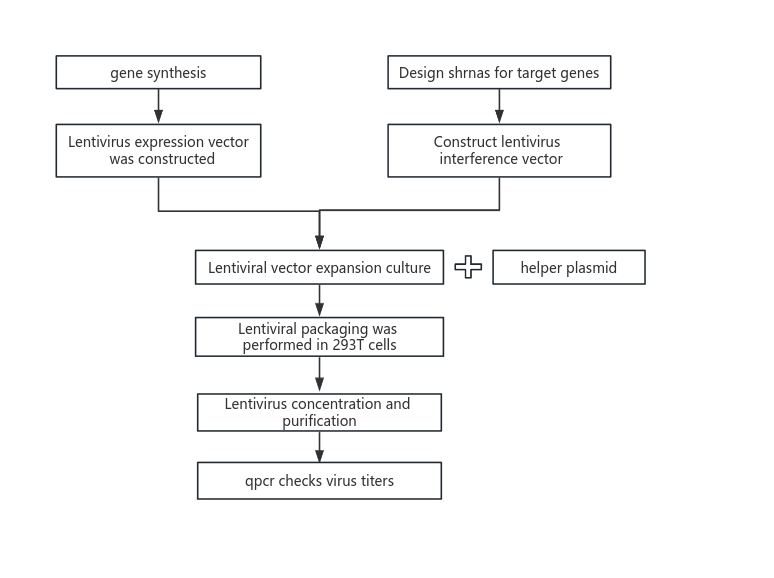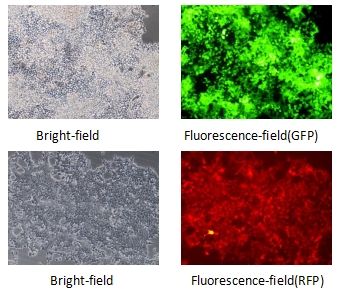Service Introduction
Lentivirus (LV) vectors are gene therapy vectors developed based on HIV-1 (human immunodeficiency virus type 1). Unlike conventional retroviruses, they can infect both dividing and non-dividing cells, so they can effectively infect almost all mammalian cells, including neurons, hepatocytes, cardiomyocytes, tumor cells, endothelial cells, stem cells, etc., and the infection efficiency is very high, which is several times or even dozens of times that of traditional methods. LV can effectively integrate exogenous genes into the host chromosome, thereby achieving sustained expression, which is a powerful tool for studying gene function, cell therapy, and gene therapy. AegiBio has a GMP workshop and cell room with years of experience in virus packaging. We provide a variety of gene editing services, including LV-mediated services and RNP-mediated gene editing services.
Service Advantages
The most complete virus vector system: A variety of vector systems are available.
The most professional vector construction service: Relying on our own molecular cloning platform, the service is more comprehensive.
The latest virus packaging system: High virus titer, good safety, and high reliability.
The most professional one-stop service: From vector design, construction, synthesis, sequencing identification to virus packaging, concentration, and titer measurement, as well as the establishment of stable cell lines, screening and identification, are all completed by our professional team.
Efficient, short cycle, and high cost-effectiveness: One-stop service shortens the research cycle.
Services provided
LV vector construction;
shRNA and miRNA interference LV;
Overexpression LV packaging;
Stable cell line construction service based on LV technology.

Technical Procedures
IGEBio LV system composition
Multiple expression vectors: Containing the target gene, the promoter of the target gene, and other necessary elements required for virus packaging.
Two sets of packaging systems to meet the needs of all customers for vectors. They are the second-generation packaging system and the third-generation packaging system. The two auxiliary plasmids of the second generation and the three auxiliary plasmids of the third generation respectively express the structural proteins and reverse transcriptase required to produce the virus.
293 cell line: It can package LV after co-transfecting with the expression vector and the packaging plasmid.


Products provided

Note: The quotation and cycle do not include the vector construction part. The specific experimental plan, quotation, and cycle will be given after the experiment analysis.
Case display
Lentivirus product transfection cell example:
Example 1: 293T cells

The effect of 293T cells being infected under the condition of MOI = 5

